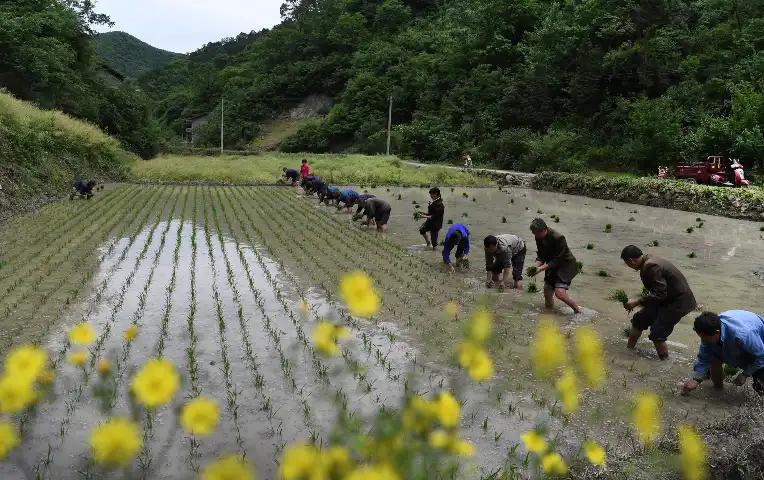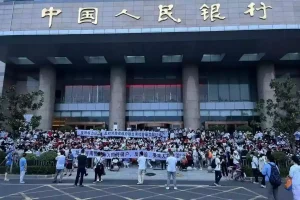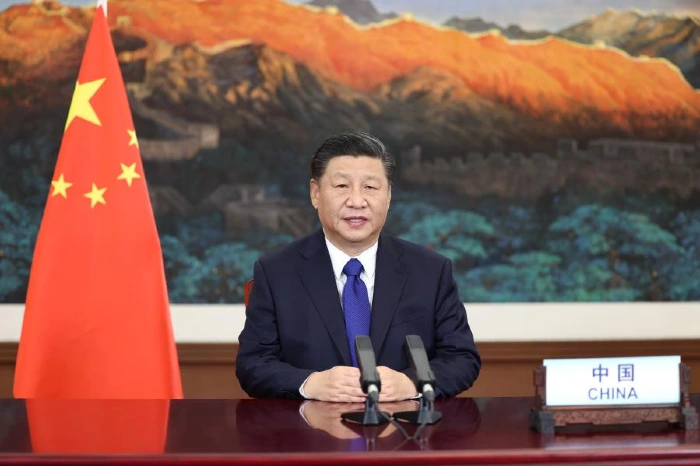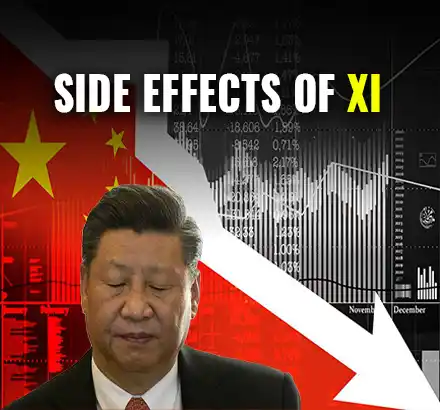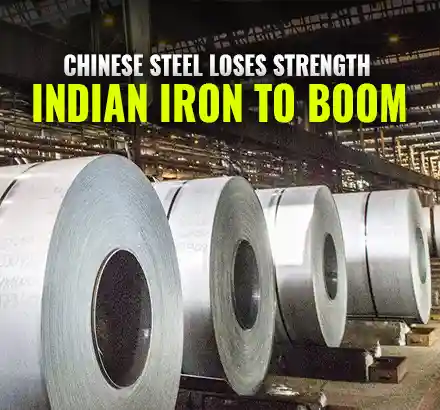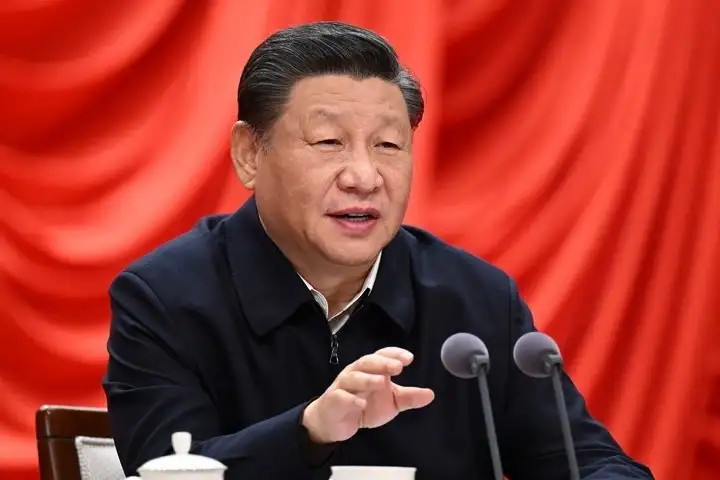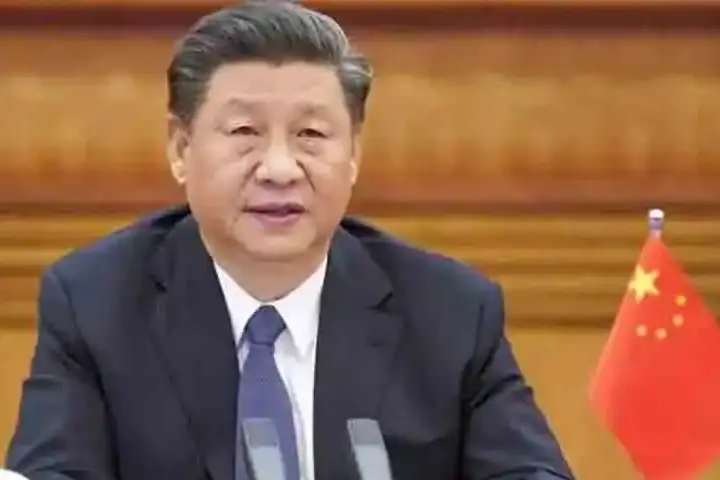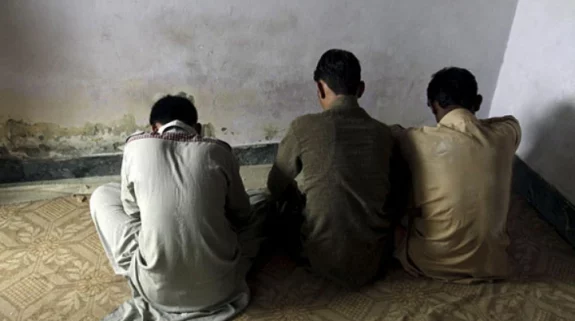China is in the throes of a severe drought, brought about by a record-breaking heatwave coupled with low rainfall. The unparalleled climatic conditions have caused lakes to dry, power outages in major cities, factories to shut down and damage to crops.
For almost two months now temperatures have risen to extreme levels hovering between 35 to 45 degrees.
The Guardian newspaper reported that four government departments issued an emergency notice saying that the autumn harvest was under “severe threat”. They urged local authorities to ensure that “every unit of water … be used carefully”, giving guidelines on how to conserve water.
Many local authorities along the Yangtze, Asia’s longest river, are working on cloud-seeding mechanisms to induce rains as people battle shortage of drinking water and many are taking shelter in bomb-shelters to keep themselves cool in exceptionally hot and unbearable temperatures.
Dry conditions have sparked wildfires in Sichuan province. In mega cities like Shanghai and Chongqing, the government has reduced decorative lighting as cities face a shortage of energy.
The Dongting Lake which is fed by the Yangtze river is severely dry. Similarly, China’s largest freshwater lake, the Poyang Lake too has reduced by a large measure affecting drinking water and agricultural activity.
Dr Anjal Prakash, Research Director and adjunct associate professor at the Bharti Institute of Public Policy, Indian School of Business, told India Narrative that China is facing the drought for a couple of reasons and the most prominent is the changing climate. “The IPCC has said that variability in season patterns and monsoon patterns is going to affect the way in which rainfall patterns are distributed across Asia. China is one of the biggest geographical locations among Asia and the drought is definitely a climate-change induced process”.
Prakash says: “The Yangtze river is the fourth-largest river in the world and supports 400 million people through its water supply and numerous hydro-power projects. In some regions, up to 80 per cent of the electricity comes through Yangtze river hydro-power projects”.
“What I also know about China is that if there is an internal conflict, the government will project it externally. I fear if the drought impacts the lives of people, it may aggravate internal security systems as well. To curb that, China always goes external and tries to create an external threat. India as a next door neighbour ticks all the boxes for them to try and so something”, says Prakash.
On a positive note, Prakash says that “China being China” will sail through this process because it works on a centralised strategy and will be able to counter the problems internally.
Also Read: Why is the COP26 a lifeline for Maldives and Small Island Nation States?
Budget sets India on the path of green and tech driven growth for the next 25 years






